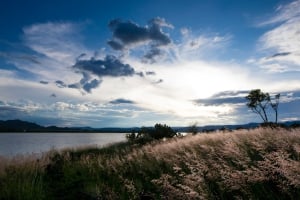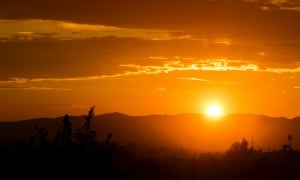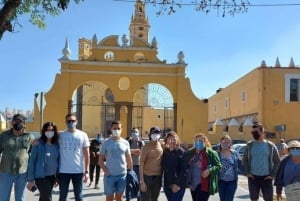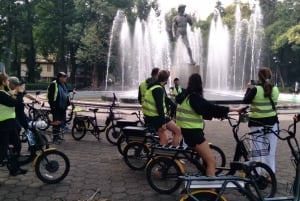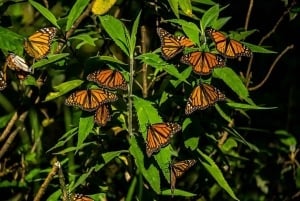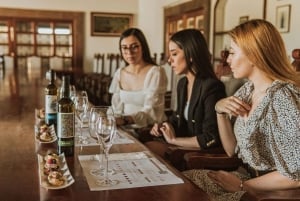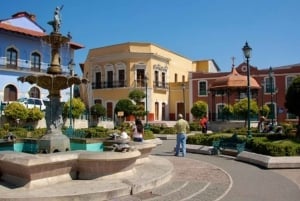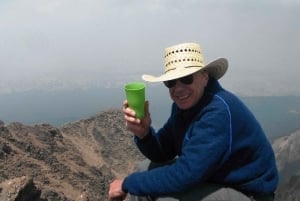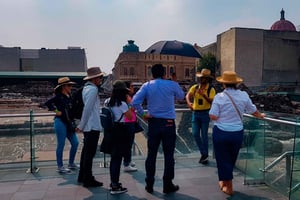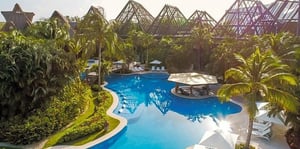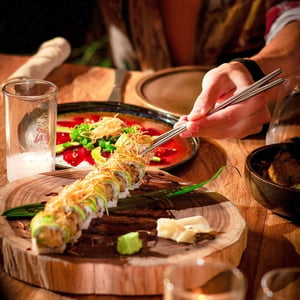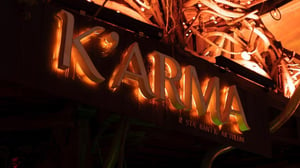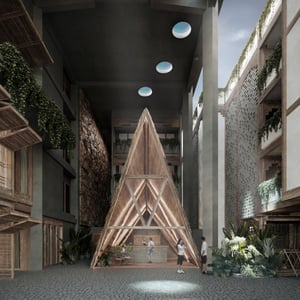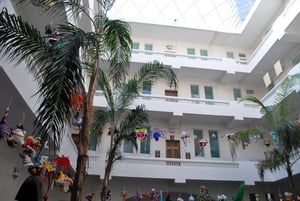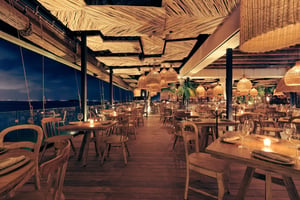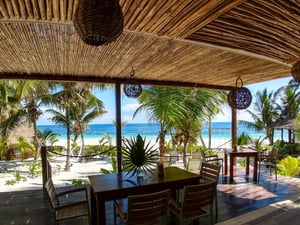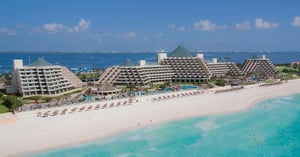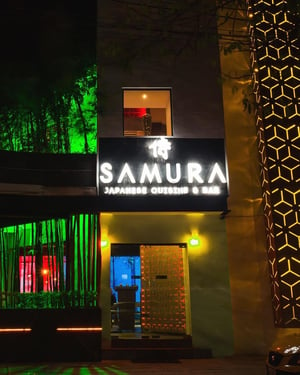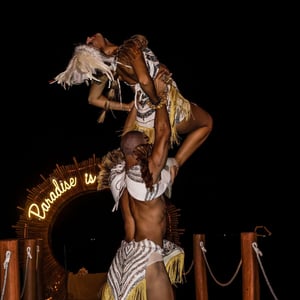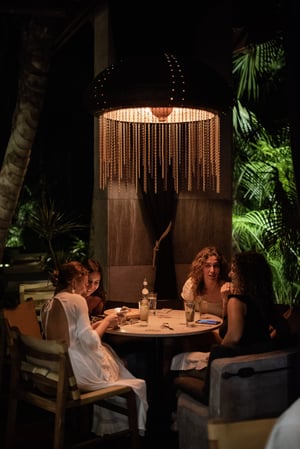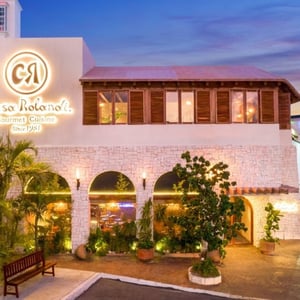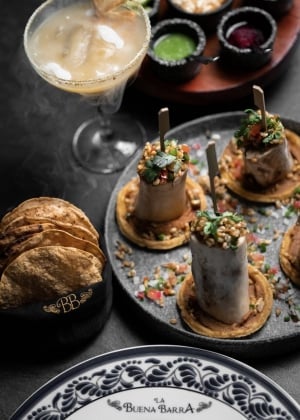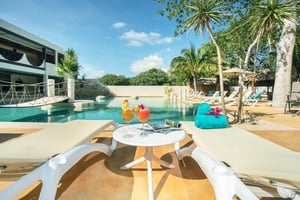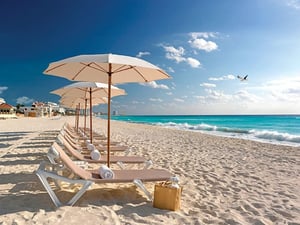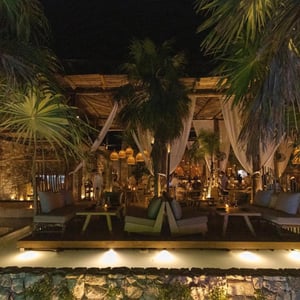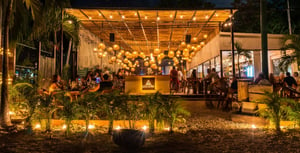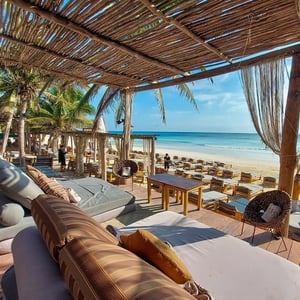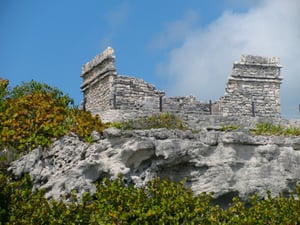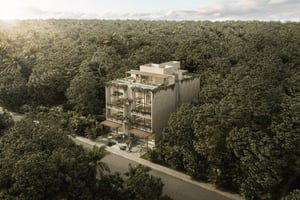Durango
It offers a wide variety of outdoor activities.
Popular for being home to Pancho Villa, as well as for its spectacular waterfalls, hot springs, and nature reserves, bordered by Chihuahua, Coahuila, Zacatecas, Nayarit, and Sinaloa.
Durango is a leading provider of timber and wood products. It offers a wide variety of outdoor activities, such as canoeing, mountain, and rock climbing, hiking, and nature tours.
Many historic museums, art galleries, annual celebrations, and live music venues provide concerts to residents and tourists alike. Durango has also been the setting of several Mexican and American movies.
Due to its past, Durango has been both a border and a central Mexican entity, particularly the region. During the colonial era, Durango gradually became one of the major cities of New Spain, partially because it was both part of the middle and the outskirts of the territory. One of the similarities the city has with other colonial settlements is that it was not built in or near the core of the former indigenous population.
Relief
Most of the region is mountainous and densely forested. The Sierra Madre Occidental, which occupies about two-thirds of the state, blocks precipitation from the Pacific Ocean, altering the local climate of the state. The area of Las Quebradas, situated above the mountain range and northwest of the province, has a humid subtropical climate. But for the higher elevations, the rest of the state has semi-arid and temperate climates. It is hot and dry in the East, with some temperate regions at higher altitudes.
Gastronomy
The Spanish Basque region, the conquerors who founded Durango and started the conquest of northern territories, brought their local recipes and the first herds of animals.
-
Caldillo: is one of Durango's popular dishes, especially well-known for its antiquity but still a local favorite. It can be cooked with green chili pepper (chile verde), red chili pepper (locally called Colorado chili pepper) or dehydrated green chili pepper (called locally chile pasado).
-
Jams and Fruit preserves: made from quince, figs, and peaches, as well as the local pitahaya with the use of cane sugar to make jam and jelly can be traced back to the 16th century. Like its traditional Licor de Membrilo, made from quince.
-
Gallina Borracha or 'drunken chicken': It is a dish made entirely from Durango, made mainly from ingredients of Spanish origin, such as raisins, sherry, and almonds.
-
Queso Chihuahua, also called ‘queso menonita’: a type of cheese made by the state’s many Mennonite residents as well as the traditional
-
Queso Ranchero: typically made in the high mountains called "Sierras" of Durango, where both visitors and natives consume at the same frequency.
-
Venorio: Made with pork ribs cut into small pieces, cactus, and a special chili sauce made with a mixture of ground pumpkin seeds as well as chili seeds, giving the sauce a distinctive orange appearance.
Landmarks
-
Cathedral of Durango: The first church built in Durango; the Durango Cathedral started as an adobe parish church named San Mateo. Construction started in 1685 and lasted until 1787. The cathedral was consecrated on 31 August 1844.
-
Presidencia Municipal (Palacio Escárzaga): Pedro Escárzaga Correl, a wealthy miner, and merchant in Durango City built a mansion called Palacio Escárzaga. The land was donated to the City Hall in 1930 and the elaborate halls were turned into town offices. In 1954, Francisco Montoya de la Cruz created an interior mural illustrating the past of the region.
-
Cultural Institute of Durango: At the end of the 19th century, Porfirio Díaz ordered a hospital to be built in Durango, but its building was halted first by a lack of budget, then by the Mexican Revolution (1910-1917). During the Revolt, the abandoned structure was used as a cavalry headquarters. It was later turned into a kindergarten in 1916 until it was changed into a nursing home in 1938.



